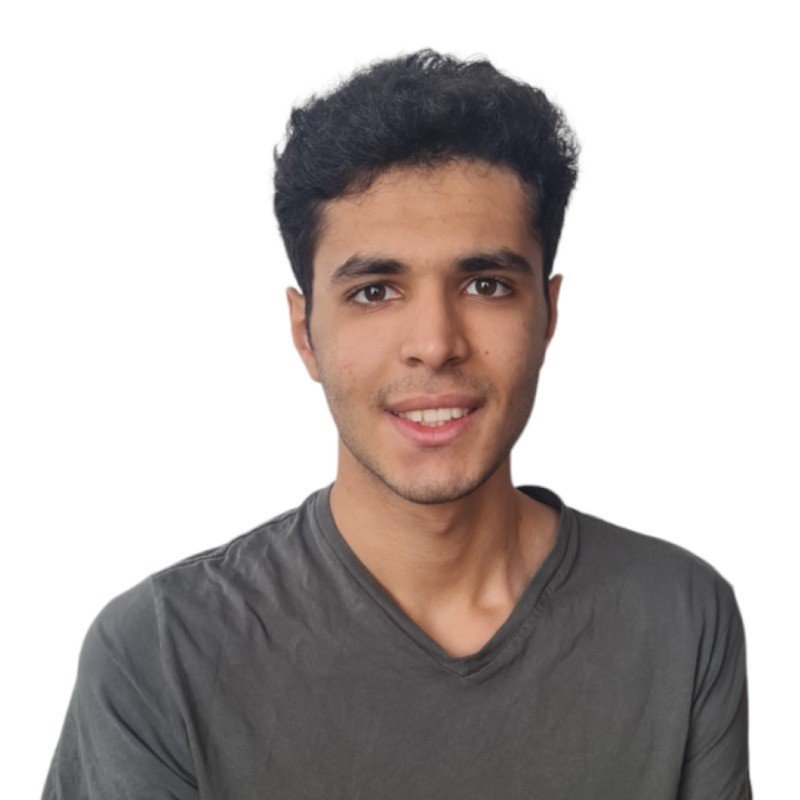CAESURA
2025 Symptom Management Winner
Caesura introduces a seizure-tracking beanie designed for epilepsy patients, especially those with rare conditions like Batten disease and Dup15q, combining real-time EEG monitoring, optional physician-controlled tDCS therapy, and multilingual app integration. A convolutional neural network achieves 99% seizure detection accuracy, with alerts, EHR integration, and GPS tracking to enhance patient safety and caregiver coordination. Future goals include scaling affordability, expanding language and offline support, and conducting clinical trials to refine and validate the device across diverse populations.
PROJECT SUMMARY
Introduction & Problem Statement
Epilepsy patients, particularly those experiencing nocturnal seizures—including rare conditions like Batten disease and Dup15q—face critical challenges in monitoring and managing episodes during sleep. Caregivers and clinicians often lack real-time data to inform treatment adjustments, while high costs and niche markets limit access to specialized devices for rare diseases. To address this, we developed a comfortable, EEG-equipped beanie that combines continuous seizure detection, optional transcranial direct current stimulation (tDCS) therapy, and a culturally tailored digital platform.
Relevant Literature & User Feedback
Based on our literature review and patient feed-back, we identified that:
Parents are looking for “Seizure detection, real time alerts, medication tracking, ability to upload seizure protocols and activate Ems if needed. Ability to share data with EHR some sort of customizable logging.”
Patients would like “comfortable, easy to use devices that don’t interrupt their sleep.”
Seizures are a concern for millions of people around the world - by developing a low cost multilingual design we can help millions of people. These insights were included when developing our beanie.
Our Product
The beanie integrates soft, embedded EEG sensors to monitor brain activity continuously. A convolutional neural network (CNN), trained on the CHB-MIT scalp EEG dataset, processes the data in real time. The algorithm begins by filtering noise from raw signals, then extracts key features like spike frequency and amplitude changes. These features feed into a 5-layer CNN architecture, which classifies seizure type (e.g., focal or generalized) and severity with 99% accuracy. When a seizure is detected, the system triggers SMS/email alerts to caregivers and logs the event in a secure, HIPAA-compliant cloud platform. An optional tDCS module, controllable only by physicians, delivers low-intensity currents (1-2 mA) to modulate neuronal activity, potentially reducing seizure intensity based on protocols from Krishnan et al. (2020).
We also have a multilingual app for real-time data sharing with electronic health records (EHRs), and customizable medication tracking. Clinicians access a dedicated portal to adjust tDCS settings and analyze long-term trends, enabling personalized treatment plans. Lastly, we have a GPS tracker that allows for tracking of the beanie wearer in case they are away from their family.
Algorithm Detail
The CNN architecture uses 5 convolutional layers to process EEG signals across temporal and spatial domains. Training on 10,000+ seizure/non-seizure epochs from CHB-MIT enables robust pattern recognition. Real-time analysis runs locally on embedded hardware to ensure privacy, with cloud sync for long-term trend reporting.
Our initial prototype testing demonstrated 99% accuracy in detecting nocturnal seizures. By targeting both rare and common epilepsy groups, the project reduces per-unit costs by 60% at scale (10,000+ users), overcoming the economic barriers of niche medical devices.
The app includes expanding language support, optimizing offline app functionality, and conducting multi-center clinical trials to refine the algorithm’s performance across diverse populations.
Challenges & Future Directions
Regulatory Hurdles: Clinical validation and approval processes for wearable tDCS devices can be time-intensive.
Data Privacy & Security: Ensuring robust encryption and user consent management is paramount, especially for sensitive medical data.
Global Accessibility: Continued development of language options, cultural customizations, and offline-friendly functionalities will broaden the platform’s reach.
Clinical Trials: Larger, multi-center trials are planned to refine seizure detection accuracy, assess long-term efficacy of the tDCS module
Conclusion
By innovating a comfortable EEG beanie that serves a broad epilepsy population—rare and non-rare—our project secures a viable economic model, thereby increasing its accessibility. The integration of user-driven design, physician-approved tDCS therapy, and culturally adaptive resources strengthens patient outcomes and encourages industry-wide advancements in seizure management technologies. This holistic solution has the potential to substantially improve quality of life and treatment decisions for families worldwide, making it a standout proposition for any hackathon focused on impactful healthcare innovation.
MEET THE TEAM
Nureldin Mohamed
Harvard College
Undergraduate (2027)
Bioengineering
Caroline Scheifer
Columbia University
Undergraduate (2026)
Chemical Engineering
Mirada Makhmutova
Simmons University
Undergraduate (2028)
Computer & Data Science
Holly Akati
George Washington University
Undergraduate (2026)
Health Data Science
Antonino Libarnes
Harvard College
Undergraduate (2028)
Bioengineering





